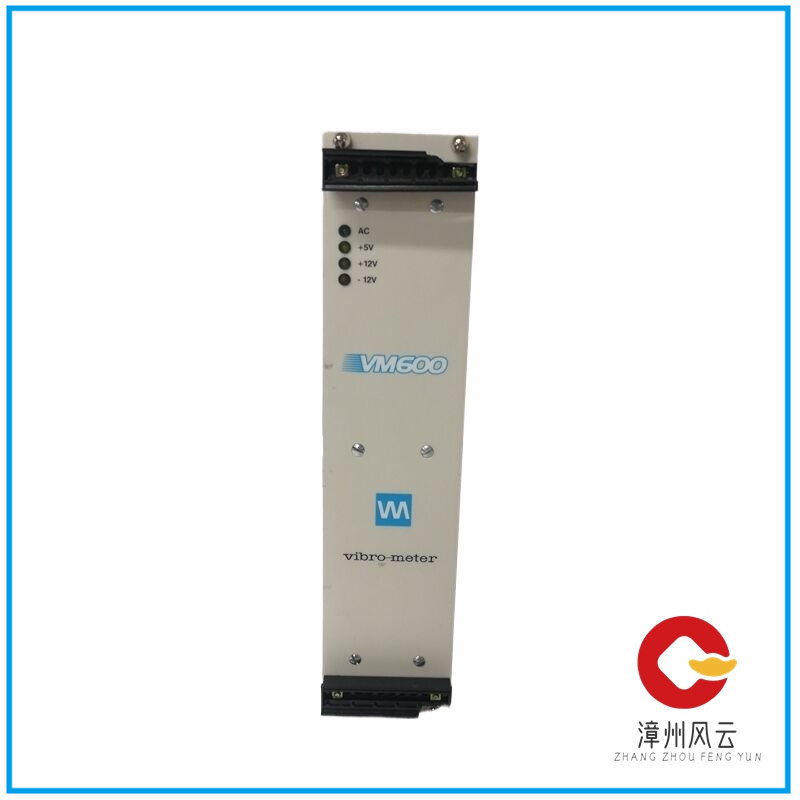Yokogawa Electric believes that IA2IA is a transformation from industrial automation to industrial autonomy.
What is “industrial autonomy”?

Autonomy means being independent or able to control and manage oneself. It is different from automation because it executes a series of highly structured pre programming tasks that require manual supervision and intervention. Industrial autonomy refers to the ability of factory assets and operations to learn and adapt, respond with minimal human intervention, and enable operators to perform higher-level critical tasks.
What is “autonomous operation”?
Autonomous operation can be defined as assets and operations with human like learning and adaptive abilities. Without an operator, they can respond to situations within the security domain that have not been pre programmed or anticipated in the design, and are responsible for all critical safety functions. In fully autonomous operation (without human intervention), the cognitive system is responsible for all aspects of operation, including security.
Autonomy level – gradually transitioning
Autonomy will extend to multiple functional areas, including process control and operation, planning and scheduling, supply chain management, on-site operation and maintenance, and engineering. It is difficult to directly switch to autonomous operation, so Yokogawa has developed a maturity model to determine the current situation and future development direction of the company.
0-1 level manual/semi-automatic
The instrumentation and automation level of the facilities are the lowest. Many operations are manually performed through paper instructions and records. In order to eliminate error prone operations and improve productivity, some production processes are executed through automated systems.
Level 2 automation
With the assistance of traditional automation systems, operators are responsible for safe operations. The automation system executes most production processes and assists in executing workflow and maintenance tasks, but requires manual supervision and intervention to properly handle anything beyond the normal operating range.
Level 3 semi autonomous
Its characteristic is to mix automation components and automation assets with manual orchestration. Autonomous components are different from automation because they have the ability to learn, adapt, and self optimize, and can handle situations that are not pre programmed. Companies at this level deploy a series of carefully planned and selective autonomous components or applications.
Level 4 Autonomy
In certain situations or conditions, most assets operate autonomously and simultaneously optimize production, safety, and maintenance. It will execute autonomous components with appropriate functionality as a system. However, manual labor still needs to perform many tasks, as not all disciplines have been integrated to this level. In addition, if specific circumstances are not met, the operation must be controlled by the operator.
Level 5 autonomous operation
A highly idealized state in which facilities can operate autonomously and combine with multiple disciplines, which can also operate autonomously and extend to supply chain partners. The operation is completely autonomous and does not require manual intervention.
Key business objectives
When companies drive greater autonomy through intelligent manufacturing initiatives, there will be multiple business objectives. For some companies, improving productivity is a priority, while others place greater emphasis on operational efficiency. Regardless, companies have some goals, such as improving worker safety, which is a widely desired goal.
The driving factors of industrial autonomy
New technologies are fundamentally changing the way factories operate and driving this transformation, making physical activity and decision-making processes more autonomous. These technologies cross the fields of information technology (IT) and operational technology (OT). Yokogawa’s advantages come from the combination of IT and OT expertise.